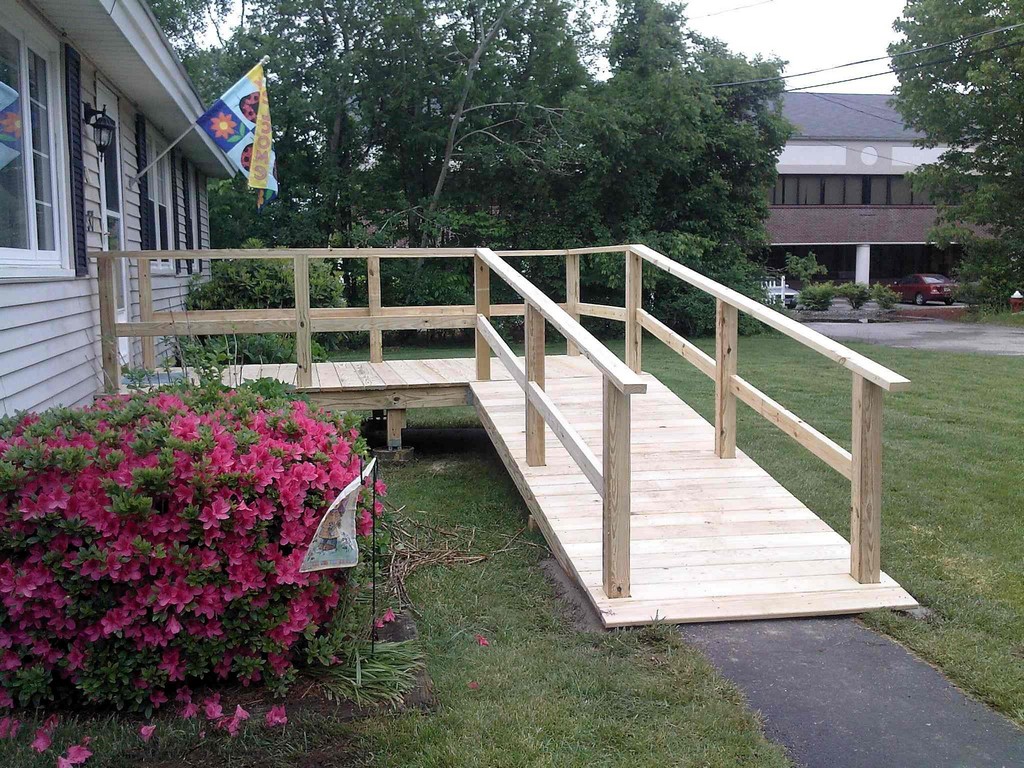3 Content for Universal Design

Directed Learning
Content is based on your text books (Cameron and Pierson/Fairchild)
Design Considerations for W/C Use
Standard w/c width is 30" and length is 48". This means that doorways, hallways, and other openings in homes must be at least 32" to allow access for w/c users. A opening width of 36" is the preferred size. A hallway needs to be 36" wide to allow for passing space for a w/c user or a person using an ambulatory aid. Widths of 32" are allowed for lengths shorter than 24". A w/c requires 60"x 60" of clear space in able to make a 180 degree pivot turn if able to use both wheels. If only one wheel is able to be operated, a turning space of 60"x 72" is required. W/c users have a forward reach of 24", if the armrests cannot pass under objects it is reduced to 17-19". Maximum high reach is 54" and maximum low reach is 9". A counter top needs to provide 24" of space to accommodate legs and must be 30" high for armrests to fit under it. Minimum height of work surface to allow legs to pass under is 27".
Ramps must be built to a rise to run ratio of 1:12 as a general principle. That means that for every one inch of height that is being overcome, the ramp must be twelve inches long. Accommodating a simple, single 4" step into a house requires a ramp that is 48" long. There are more specific requirements regarding slope, but they must all be between 1:8 and 1:12.

Pierson text
In PTA 100, you learned about the ADA. Chapter 13 of your Pierson text includes a review of the ADA and then moves to specific assessment considerations. We recommend you read the ADA section to help provide a legal context for the importance of universal design. ADA terminology (history, titles, etc.) was covered in PTA 100, and we feel reviewing the basis for ADA will make the Universal Design activities more relevant to you as a future PTA. Pierson uses the 'Boxes' to highlight specific procedural recommendations for assessment: use these Boxes as your study guide for the objectives. As you read, place yourself in the role of the assessor. What person-first language considerations should you prepare for during the interview process? What individual/cultural considerations might you encounter when making recommendations? The home environment is a very private and individualized space. Keep in mind that although improving access/safety may be your goal, patient-centered means advocating for effective change and allowing the patient and family to make an informed choice. Universal Design concepts are also used in education to ensure all learners have access to instruction (e.g. individuals with learning disabilities, students in ESL programs, mature learners, etc). For the purposes of this course, we are limiting the definition of universal design to addressing mobility needs. Seven principles of Universal Design are included in this Moodle book.
Reading Assignment
Pierson/Fairchild Chapter 13.
